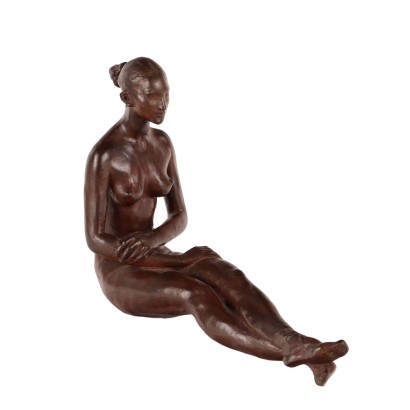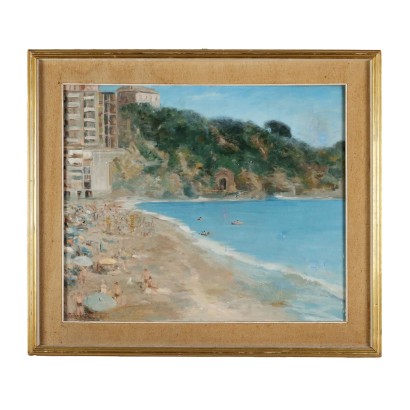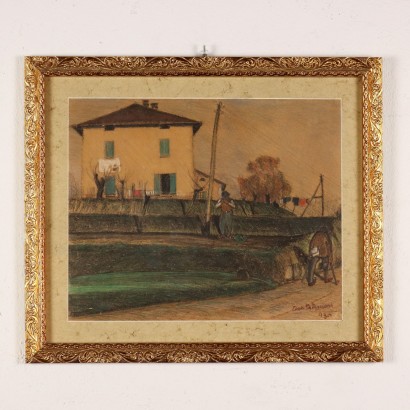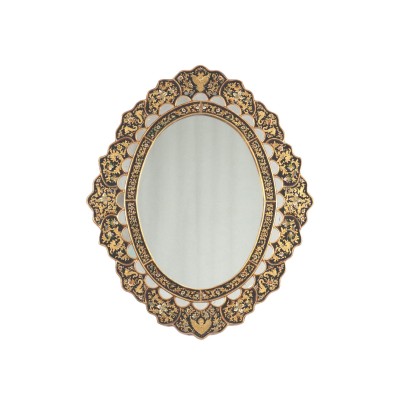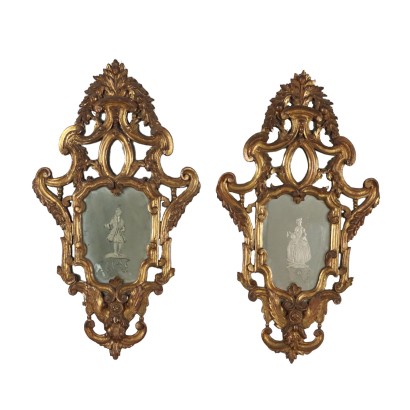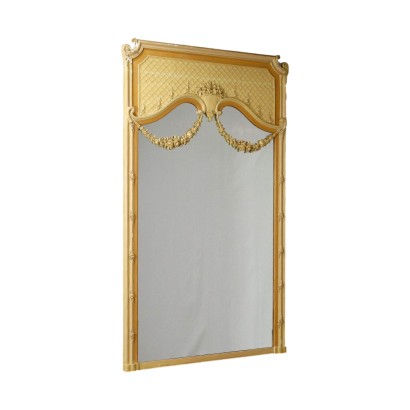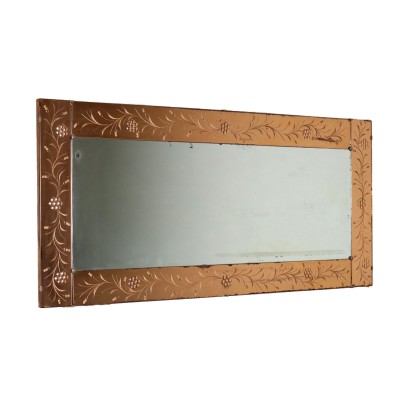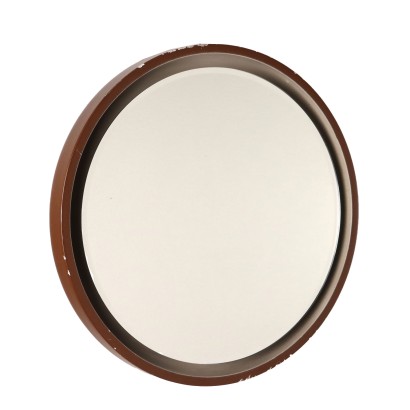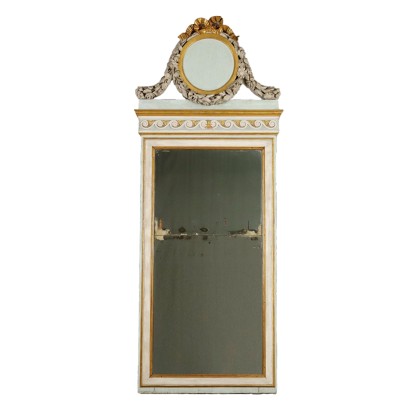Dancer Sculpture by F. Messina Bronze Italy XX Century - Seated dancer
Features
Artist: Francesco Messina (1900-1995)
Artwork title: Ballerina seduta
Age: Contemporary , 20th Century / 1901 - 2000
Subject: Human Figures
Artistic technique: Volume-Sculpture
Technical specification: Bronze Melting
Description : Ballerina seduta
Bronze sculpture. Signed and numbered on the reverse, N. 15/75. The theme of dancers, both sculpted and painted or lithographed, characterized, together with the theme of horses, much of the production of the seventies and eighties of the well-known artist from Messina. Francesco Messina's sculpture, so full of echoes of the classical Greco-Roman and Hellenistic heritage, "it is characterized" wrote Carlo Carrà, by "a simple and grandiose way of doing"and by an "idealistic and classical process"; capable of give life to forms that remain as "ideal images.
Product Condition:
Product in very good condition which may show slight traces of wear; it may have undergone restoration work carried out by an expert. We try to present the real state as fully as possible with photos. If some details are not clear from the photos, what is reported in the description will prevail.
Artwork dimensions (cm):
Height: 30
Width: 41
Depth: 15
Additional Information
Artist: Francesco Messina (1900-1995)
Francesco Messina was born on 15 December 1900 in Linguaglossa, a small town on the slopes of Etna, into a very poor family. Having left Sicily with the intention of emigrating to America, the family instead stopped in Genoa, where the artist spent his childhood. Here he soon began his trade in the marble workers' workshops, where his passion for sculpture was born. From the 1920s he began to exhibit by participating in important cultural initiatives, making friends with writers - such as his friends Eugenio Montale and Salvatore Quasimodo - and coming into contact with artists such as Carlo Carrà and Arturo Martini. In the same period he met Bianca Fochessati Clerici, the love of a lifetime, whom he married in 1944. At the age of thirty-two he moved to Milan, where he forged relationships with exponents of culture, including Giorgio Morandi and Lucio Fontana, and strengthened previous ties. In a few years he became an internationally renowned artist and often represented Italian art abroad. In 1934 he obtained the chair of sculpture at the Brera Academy, where he would teach for over thirty years. The Fifties and Sixties coincided with a period of intense activity for the sculptor, an authoritative academic master and artist in great demand both in Italy and abroad for public and private commissions. Among his most famous works, the Monument to Santa Caterina for one of the battlements of Castel Sant'Angelo, the Monument to Pius XII for the Basilica of San Pietro and the Dying Horse for the RAI headquarters in Rome. He died on 13 September 1995 in Milan, the city that welcomed and hosted him for most of his life and that gave him honorary citizenship many years earlier. Age:
Contemporary
Contemporary
20th Century / 1901 - 2000
20th Century / 1901 - 2000
Subject: Human Figures
Artistic technique: Volume-Sculpture
Technical specification: Bronze Melting



